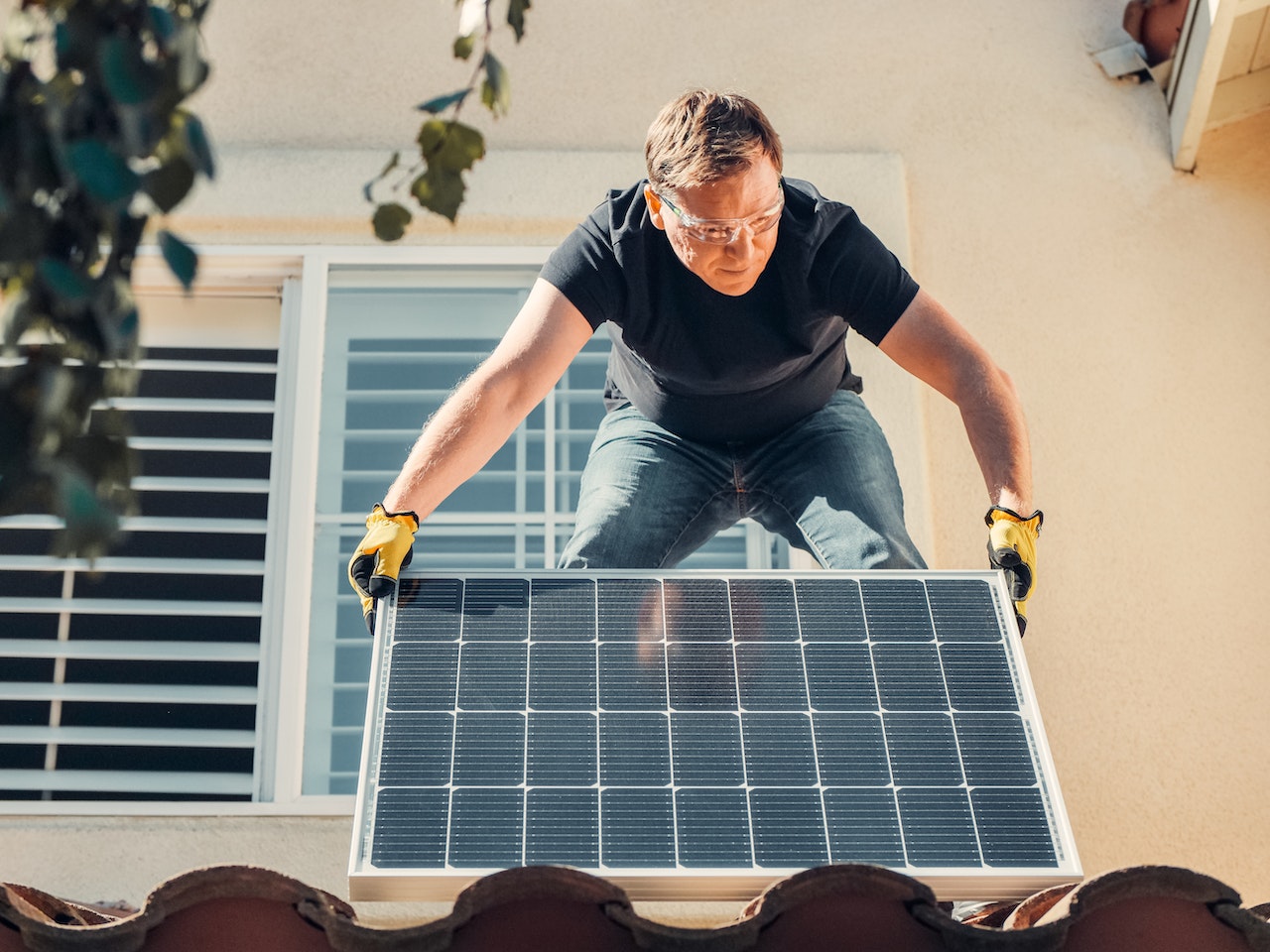
Most people are aware that installing solar panels is a smart thing to do.
Not only do you save money on energy bills, but you also make your home eco-friendly. Unfortunately, installing solar panels isn’t always easy or cheap, even if you hire one of the top solar companies in Texas to aid you. So, to help you better understand the financial implications, we will outline the crucial factors you’ll need to calculate the savings of installing solar panels on your home.
Factors you need to calculate the savings of installing solar panels on your home
At first glance, calculating the ROI (Return Of Investment) or installing solar panels might seem to be pretty straightforward. You simply need to understand the installation and maintenance costs and then compare estimated savings from energy bills. Simple, right? While all this holds true, it doesn’t paint the whole picture. To fully understand the financial implications, there are six essential factors that you need to keep in mind.
Current energy use
The first factor is your current energy use. Namely, you need to look at energy bills over the past years and see how much energy you spend each month. This is typically shown with kWh (kilowatt-hours). If there are significant differences between months, you need to know why they occur. After you have that in order, you need to calculate your average monthly use. Simply add up each month of the year, and divide by 12. This figure will be important later on.
Is your roof suitable for solar panels?
It is not possible to install solar panels on every roof. And even where it is possible, it is not always advisable. Before you go further with the installation process, you need to ask the following questions:
- What is the shape and size of your roof?
- What is the roof material used?
- Where does it face?
- Is your house under a shade from a nearby building?
- Do trees cover your roof with shade?
All these factors will play a role in how efficient your solar panels will be. Ideally, you will have a clear, south-facing roof with little to no shading for most of the day.
It is often the case that people consider installing solar panels once the time comes to renovate the roof. This renovation is a perfect excuse to remodel your roof so that it is better suited for solar panels. But, in this case, it is important to take the renovation costs as an added factor. You may need to relocate items from the attic temporarily. Or you may even need to vacate your home for a while. In this case, you need to consult with Mod Movers CA and see how much the storage and transport would cost.
What will be the size of the system?
Once you know the size of your roof and the average monthly energy usage, you can determine the size of the system you will need – most solar panels in the US range from 3kW to 8kW. The average is around 6kW. The larger the system is, the more energy it will produce. But, it will also be more costly to install. So, there is a delicate balance between the power of your system and the installation cost.
Cost of installation
The installation cost will depend on the complexity of installation (stronger systems tend to be more complex) and the location of your home. For instance, installing an off-grid solar system will cost more than installing residential solar panels in San Antonio. And commercial solar panels are often far more challenging to install than residential ones.
It is also worth noting that your state can affect the installation cost. This is predicated on available companies (competitive prices tend to regulate the cost of installation) and on tax incentives that the state offers. For instance, Texas offers to deduct up to 30% of installation costs via the Residential Clean Energy Credit. Meanwhile, California has no such plan in place, although you could be eligible for federal tax deductions. So, if you are moving from California to Texas, you can rely on experienced people to help you and look forward to tax incentives.
To get a precise figure of the installation cost, you need to contact solar companies in Texas and see what they have to say. You can easily get a free quote where you can see the cost of labor, materials, and permits.
Estimated savings
Now, you need to actually calculate the savings of installing solar panels on your home. While there are many ways to do so, we suggest you do the following. First, outline the estimated lifespan of your solar panels (most are around 25 years). Twenty-five years equals 300 months. Now, take those 300 months and multiply them with the average monthly electric bill. Either use the one you already have or look up online what it is for the area where your home is situated. What you have now is the total amount you will save by installing solar panels in your home. Now you simply subtract the installation and maintenance costs, and you will have the final figure.
Conclusion
By now, you should be able to easily calculate the savings of installing solar panels on your home. By talking with professional solar companies in Texas, you will get a good idea of how much it will actually cost to install solar panels in your home. And if the figure seems too big, don’t worry. Adding up all the monthly energy bills over the lifespan of the solar panels will make up for it. After all, there is a good reason why so many people opt for solar as their primary energy source. Doing such calculations is crucial as it gives you a clear idea of your investment’s reliability. And, as we said, not all homes can benefit from solar panels. But, if you have a south-oriented home and are not in perpetual shade, you can rest assured that investing in solar panels will be a wise decision.
